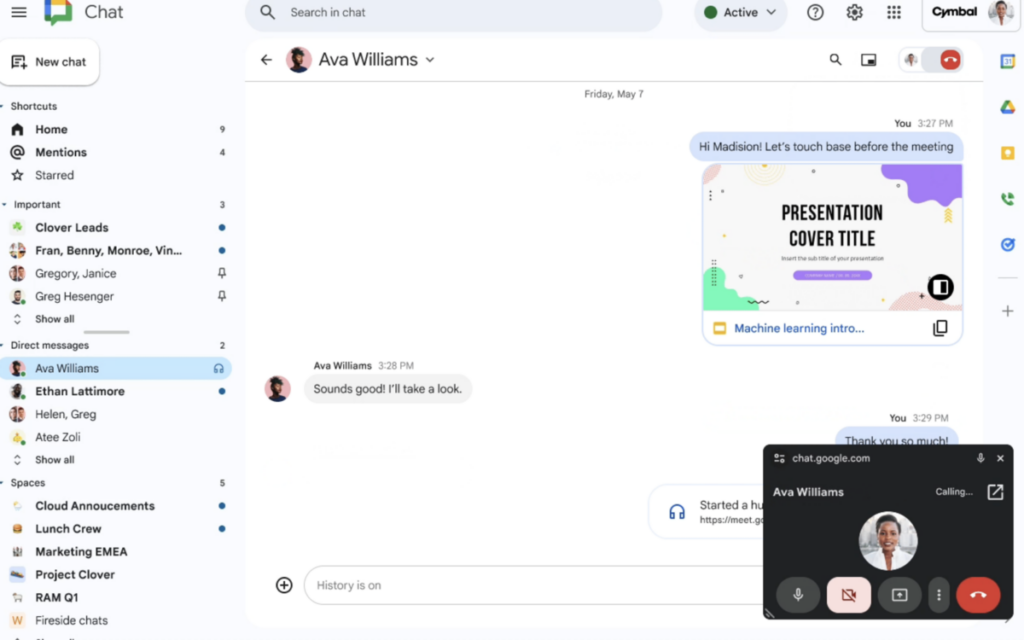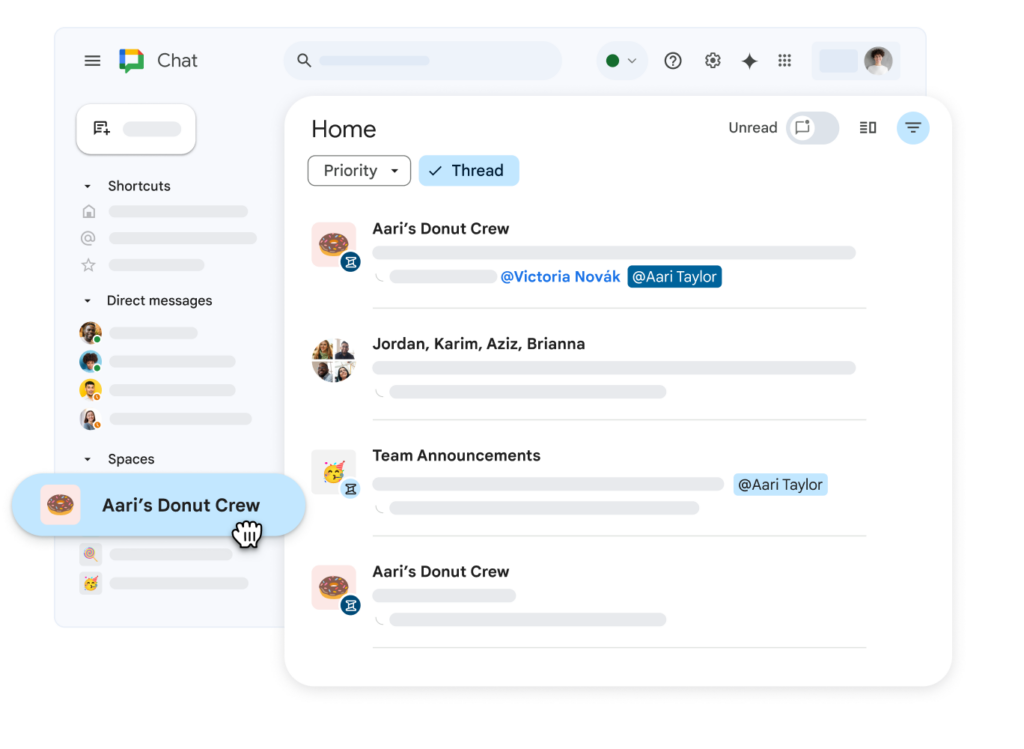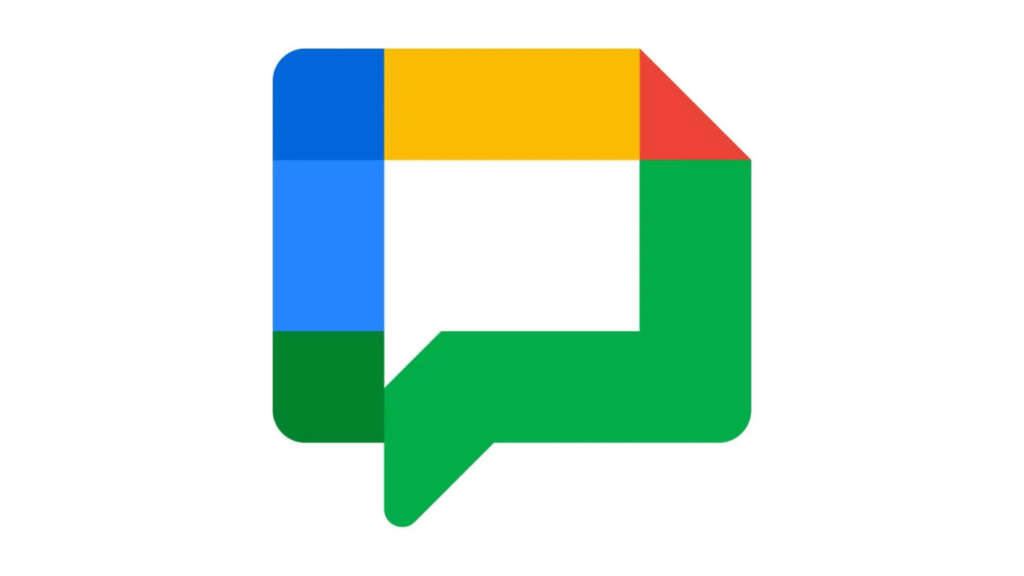Google Chat has unveiled a new feature called “Huddles”, enabling users to start quick voice or video calls directly from chat threads. This update, announced on November 27, mirrors Slack’s Huddles feature and is designed to enhance real-time communication for teams.
What Are Huddles?
Huddles in Google Chat allow users to:
- Initiate voice-only calls with the option to switch to video or screen sharing seamlessly.
- Start calls quickly without requiring formal scheduling, promoting fast, informal discussions.
- Use the feature across multiple Google Workspace tiers, including Business Starter, Enterprise Essentials, and Non-profits.


To start a Huddle, users simply select “Start the huddle” from the drop-down menu next to the call icon in a chat thread.
Google’s Push into the Digital Workplace Market
This move is a strategic effort to strengthen Google Chat’s position in the highly competitive digital workplace market, projected to reach a $200 billion valuation by 2032. Key players like Slack and Microsoft Teams currently dominate this space.
Why It Matters
- Increased Integration: Unlike Slack, Google Chat is part of the Google Workspace suite, offering businesses a no-extra-cost alternative if they already use Workspace tools.
- Competition with Slack: Slack launched its Huddles feature in 2021, which became popular for its simplicity and appeal to remote teams. Google’s iteration aims to offer similar functionality while leveraging Workspace’s broad reach.


Key Features of Google Chat Huddles
- Seamless Transitions: Start as a voice call and switch to video or screen sharing with just a click.
- No Additional Costs: Integrated within Google Workspace, making it accessible for existing users.
- Flexible Communication: Facilitates quick, ad-hoc discussions, reducing reliance on pre-scheduled meetings.
What’s Next?
SEE ALSO: X’s Grok AI Chatbot to Roll Out Free Access: What This Means for Users and the Industry
Google plans to roll out Huddles to all Workspace users in the coming weeks. This addition could reshape how Google Chat is perceived in the workplace communication space, especially for organizations already invested in the Google ecosystem.
The real test will be how businesses and users adapt to the feature and whether it can rival Slack’s early lead in fostering informal, real-time collaboration.

